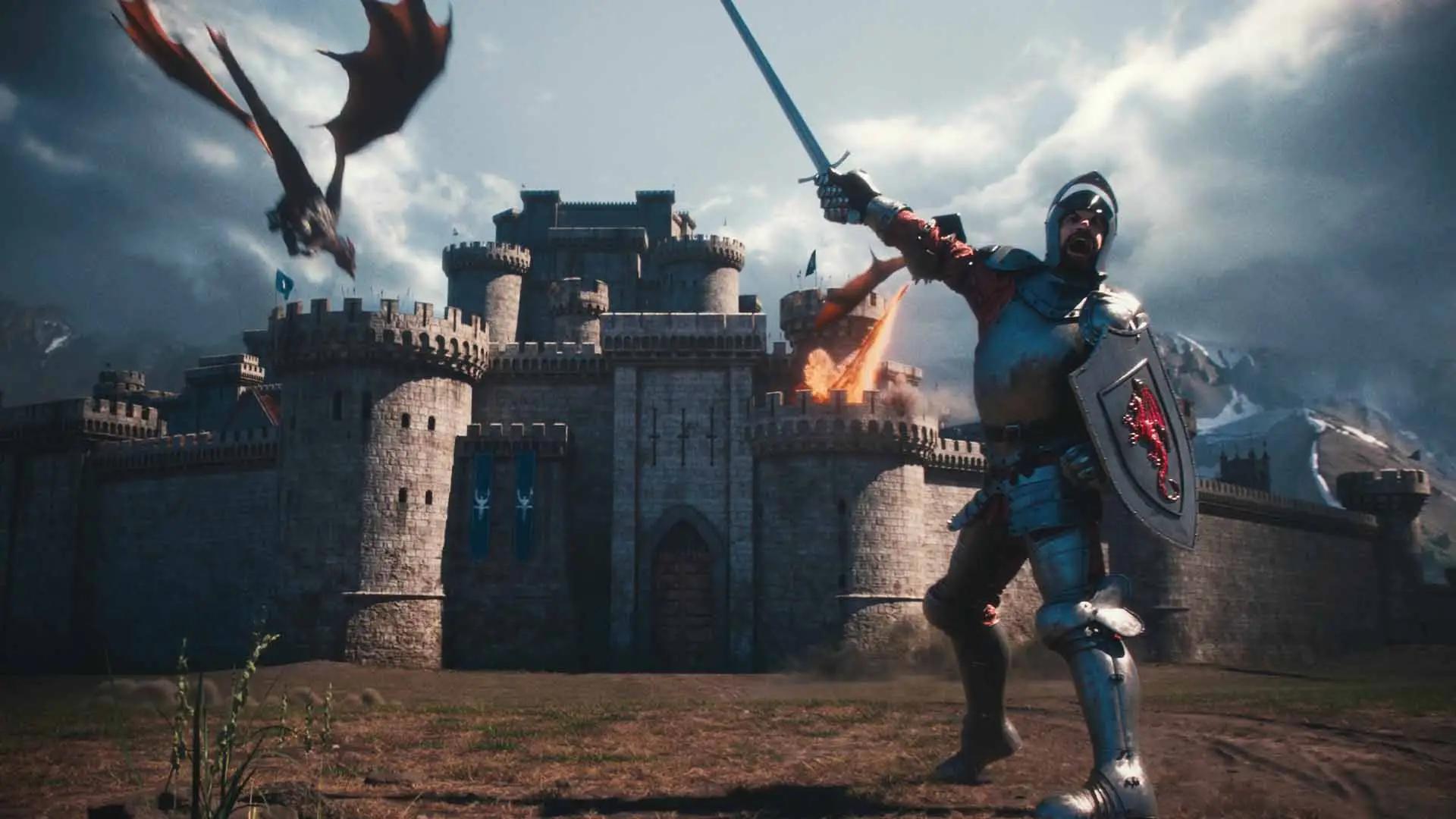Producing cinematics for games is challenging creative work, whether it’s for science fiction settings, fantasy games, or anything in between. Through careful planning with our clients and establishing the right creative direction, combined with the Magic Media team’s experience, our game cinematics work is satisfying to create and rewarding to see when completed. Like any other professional creative pursuit, there’s a host of challenges and steps we must take to craft world-class game cinematics. Making game cinematics is a multi-stage process that at all times requires effective communication internally between departments and externally with our clients to ensure they’re informed of our progress and latest developments.
Initial Steps
Depending on the client, they’ll have a script for us to work from, or our Director will write one. With our script, we can begin visualizing how the cinematic might look. Using a mood board, we fill it with reference images and screenshots to help us imagine the final look. With an understanding of the visual style from the mood board and our script ready, we can start creating our visual references using a 2D storyboard. This is a critical step where we establish what each scene looks like using our illustrations, including the camera angles, characters, and potential effects like fog, fire, and explosions. When we’re pleased with our mood board, storyboard, and preliminary 2D concept art, including characters, environments, and surfaces, we have everything we need to head into the pre-production stage of the pipeline.
Pre-Production Phase
Pre-production takes the work carried out during the initial conceptualization phase and brings it to the next level. This is where we start to put together low polygonal models, character sculptures, and UV unwrapping, which helps us add 2D textures to 3D models. Following this, we work on textures, and depending on the project, we create something called a physically based render (PBR). This process allows us to achieve photorealism and realistic lighting effects that often include diffusion, reflection, and transparency. Animation comes into the pipeline at this stage as we rig characters and objects, groom character models’ hair to prepare for movement, and draft animations based on our ever-useful 2D storyboard. Lookdev (look development) work is also carried out during pre-production, which involves experimenting with different tones using light and how that light interacts with the scene and its objects.
Production Stage
Just like VFX for TV and film, production is where the bulk of a cinematic’s work is completed. A significant part of this stage is pulling together the 3D layout. This refers to the arrangement of assets in the scene, how they interact with each other, lighting, animations, and other elements to create a holistic view of the cinematic and its scenes. One of the often forgotten components of a game cinematic is its music and sound design. After we’ve put our 2D storyboard together in the pre-production phase, the initial work for a project’s audio begins. Audio work continues throughout the main production, with our audio team working diligently to get every sound effect and piece of music in place and fitting for the cinematic’s scenes. Color correction and color grading are important aspects of finishing a piece’s look. Color correction refers to changing the color in a piece so that it more closely resembles what we’d see in real life, how human eyes perceive color. Though commonly linked to color correction, color grading is a different process and can be considered a vital finishing touch. With color grading, adjustments are made to fit a specific mood or stylistic choice. Depending on the look of a cinematic, certain tones are highlighted and some colors are more saturated than others.
Clients, Communication, and Creativity
Crafting cinematics can be time-consuming work, and it’s not unusual to spend three to four months, if not longer, working on a single project. It’s crucial to the success of our work that we stay in communication with our clients regularly. Visual effects work has many finer details and nuances to it, and with this in mind, we need to discuss these intricacies with our clients. Sometimes clients will approach us with a script containing specific elements they want to see, and other times we’re given a concept and a few references, which allows us some more creative freedom and to propose ideas. Regardless of a project’s specifications, it’s always our goal to fulfill our client’s vision with creatively satisfying work.
You can see more of our work in our portfolio, and our wide range of service pages including FX, character animation, and more. Contact us today and we’d be more than happy to help your VFX for TV and film, and game cinematics projects come to life.
